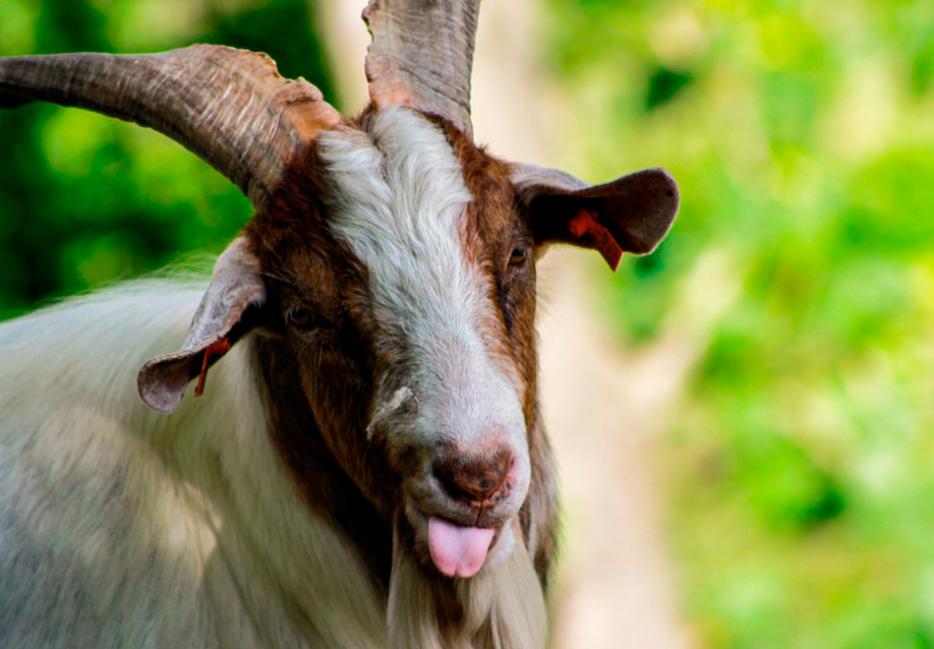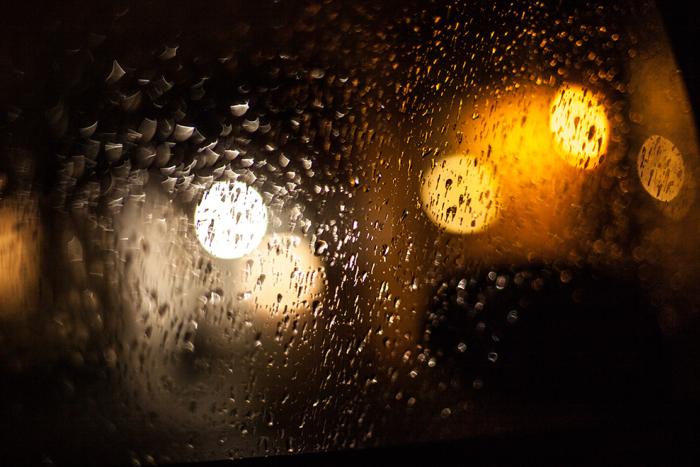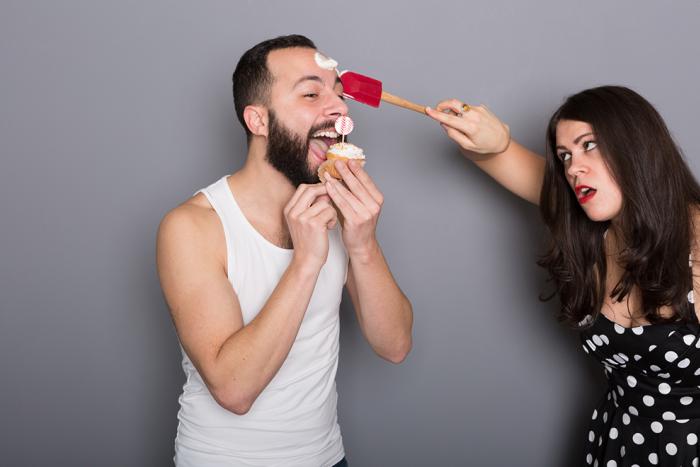“Horny” seems so simple. Unlike the onomatopoeia of “bang,” “sizzle,” or “clap,” words that sound like themselves, “horny” is a word that feels like itself. Horny is satisfying, even fulsome in its fleshiness; everything about the word embodies a deep-seated, itchy, essentially unslakable bodily keening for sex.
We know horny. We’ve used it to describe the state of our own bodies and those of others. “You make me so horny,” we might have told someone, and when we said it, we meant it as a compliment. “I’m so horny,” we might have complained, and when we said it, our auditors knew exactly what we were feeling, for they have felt horny too. We grew up with horny. If we search our memories, we might be able to recollect the first time we felt that not-unpleasurable sensation of horniness, that novel genital hue and cry, that new knot tightening in our prepubescent bathing suit areas. We have woken up horny and we have gone to bed horny; it’s a word we know with our mouths, our nipples, and our junk. We have an appetite for sex because we are horny.
We think we know horny upside-down and inside-out, but we don’t. Flay the flesh off “horny,” and you quickly discover we don’t know dick. Everything we think we know about “horny” is wrong, and I’m going show you why. I’m going take you by the hand and lead you down a “horny” rabbit hole studded with desperate pricks, plagued with jilted husbands, strewn with animal parts, slicked with metaphysical ejaculate, and loaded with linguists who can’t quite wrap their gray matter around slang’s favorite word for lust.
The venerable Oxford English Dictionary dates horny’s current lecherous meaning to 1889 and A. Barrère & C. G. Leland’s Dictionary of Slang—“lecherous, in a state of sexual desire, in rut.” The O.E.D., in this case, would be a dumbass. First, dating a word’s entry into language to the time it appears in a dictionary is lazy; second, “horny” abounds throughout earlier time periods, if you know where and how to look. The Chambers Slang Dictionary, for one, dates the word to the beginning of the nineteenth century, showing up the O.E.D. by a few decades.
But simply saying that “horny” means “lascivious” doesn’t tell us much about why it does. The author of the Chambers Slang Dictionary, Jonathon Green, a.k.a Mr. Slang, takes a stab at horny’s roots and argues a connection between sexual craving and critters. “Lust,” he says, “is an animal passion: we must have animals. … The ram has horns and it is these that give horny, lustful, and the state of horniness.” Fait accompli—or is it? Can it be so simple, that we humans get horny because we associate beasts with sex?
Goats, people have decided, are funny, and so too are cuckolds. While rams, stags, and bulls sport righteous, masculine, wife-fucking horns, goats conspicuously do not: their horns are more spurious and far less manly.
If that explanation feels flaccid, that’s because it is. Indeed, there’s an elephant tusk in the room behind “horny,” and lexicographers’ eyes slide off it as if it were too frightening to see. The giant, gaping lacuna in the way we talk about, understand, and historicize “horny” is this: the reason people get “horny” is that cuckolds have horns.
“Cuckold”—a man whose wife sleeps with another man—is cute, even nostalgic. It’s a word that hearkens to a time when marriage was only between a man and a woman, and when it was rare for wives to have affairs (“cucqueans” are the female equivalent of “cuckolds,” but this word long ago fell out of usage). The product of an era obsessed with primogeniture, “cuckold” came to English in the mid-thirteenth century from "cucu,” the old French word for cuckoo, a bird notable for sneaking its eggs into other birds’ nests, leaving their chicks to be raised by unsuspecting robins, jays, or sparrows. Weird that it’s a masculine term derived from the practice of a female bird, but whatever. It’s no less weird that a cuckold has horns.
“Horn” is a slippery metaphor. Think of a penis and you can see it, the horn, the scimitar curve and the upstanding point. The crafty thing is that just as “cock” is fluid in southern U.S. slang, where the word also means vagina, so too can “horn” point to a pussy. Gordon Williams, a Shakespeare scholar, argues in his entry for “horn” in Dictionary of Sexual Language and Imagery in Shakespearean and Stuart Literature that the word “horn” slid from symbolic penis to metaphorical vagina. Drawing on multiple Renaissance re-imaginings of ancient works, Williams suggests that while a horn may look like a cock, looks can be deceiving, and gender fluidity is just the beginning of horns’ plasticity.
The O.E.D., among others, argue that cuckolds got their horns from a gruesome, if fascinating, medieval German practice. The lore goes that German housewives would castrate their cockerels to make capons, and when they did, they’d also cut off the spurs that grow on rooster’s ankles, lop off the comb, and graft the spur to the capon’s forehead, where it grew into a hornlike appendage, thus making it easier to tell which birds were capons. This is stupid because if you’ve already cut off the bird’s comb, you can easily spot your capon. Moreover, if you’re a medieval German housewife, why would you make extra work for yourself? Even if you can successfully graft a horn to the head of a capon—and you can—there’s no reason you should.
But that’s only the goriest possibility as to why cuckolds have horns. Other folks argue the billy goat theory, which chalks it all up to sarcasm. In the human taxonomy that grants horses gravitas but makes asses out of donkeys, goats come out on the losing end. Goats, people have decided, are funny, and so too are cuckolds. While rams, stags, and bulls sport righteous, masculine, wife-fucking horns, goats conspicuously do not: their horns are more spurious and far less manly. There’s no question that billy goats want to have sex, but unlike bulls that fully embody masculinity, the desire of goats is questionable, even faintly feminized. “Goats and monkeys!” Othello spits when Iago conjures the image of his Desdemona in bed with Cassio—the irony being that in this scenario, of course, it’s Othello wearing the horns.
But horns go deeper than just cheeky folk getting the goats of cuckolds, and this is where things get metaphysical and eldritch. Ancient Greeks argued that hair, bone marrow, semen, and penis were all parts of one giant organ that was located in the head, like a horn, and all these various elements flowed like soulful lava throughout the body. When a guy had sex with someone else’s wife, she absorbed his soulful semen-lava, and when she had sex with her husband, she transferred her lover’s soulful semen-lava to him. It was a soulful semen-lava triangle with the woman as the vertex, with said lava travelling from the head of the virile lover to the head of the cuckold, and which is how the poor guy got his specious horns.
From there, it’s a short leap from horned to horny—if your wife is getting sex on the side, she might not have a whole lot of interest in fucking you—but that space collapses George Rogers’ 1661 treatise, The Horn Exalted Or Roome for Cuckolds. Drawing on sixteenth-century pseudo-science, Rogers describes the “V” in cuckolds’ foreheads as “hornish”—or “horny” in common parlance—and in his work, the horned become the horny. Rogers is not alone: this usage appears repeatedly throughout the English Restoration, reaching a crescendo in Thomas Wycherley’s 1675 play The Country Wife, where a horny man, Jack Horner, feigns impotence to get sexy access to other men’s wives. Spoiler alert: he succeeds.
“Horny” has a long, weird history that stinks with the faint taint of goats, and there’s undoubtedly a shame that wafts around it. We can explain this embarrassment through our puritan culture’s reticence to admit our need for uglies that go bump in the night. But maybe it’s more than a long history of tight-lipped Christians and their wagging finger of sin. Maybe part of the reason we don’t announce our horniness with the vigor of our hungriness is that lurking in the shadows of “horny” is the cuckold, that risible man of monogamist yore, the comical figure of Shakespeare and Chaucer and Wycherley and Moliere and more.
Maybe when we acknowledge our horny itch, we also feel the cuckold’s long, frustrated yen, and, with it, his pain. Or maybe the confluence of “horny” and cuckolds’ horns is just a coincidence. Maybe there’s no shame in the horny game. You all tell yourselves what you need to hear in the dark of the night as you feel that down-low tingle; as for me, I believe in the long horn of the cuckold.






